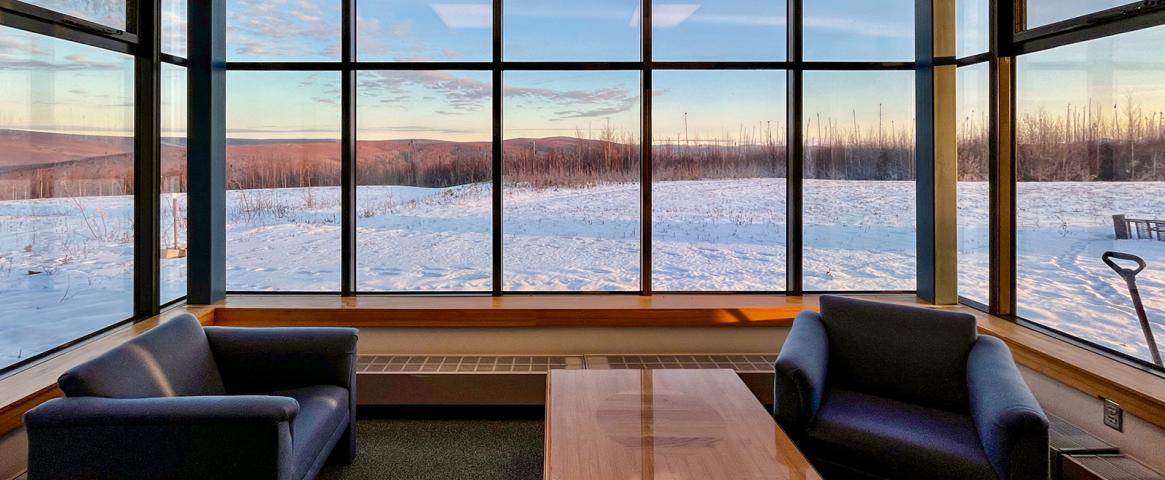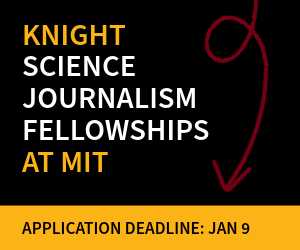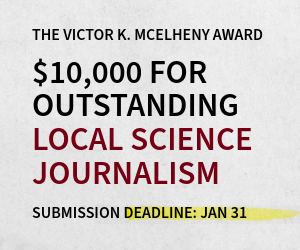Story by Virginia Gewin and Sarah Scoles
The news media is in the midst of a bleak period of layoffs, buyouts, and shuttered outlets. In January alone, outlets including Time, The Intercept, Vice Media, Wall Street Journal, CBS News, and the Los Angeles Times slashed a collective 836 media jobs, according to a Fast Company tally. It was a dismal start to the new year — especially after an estimated 2,681 journalism jobs had already disappeared in 2023.
The continued layoffs hit an already anemic media industry like a gut-punch. And there are growing concerns about a ripple effect to another set of journalists: With so many cut loose from staff jobs, could the freelancing pool be getting too crowded to sustain everyone who’s wittingly or unwittingly part of it? To find out how having a larger untethered bench of writers is affecting the field, the NASW Freelance Committee decided to get a clearer picture of the pitching scene at popular magazines for science journalists. Here’s what we learned from a brief, unscientific survey conducted by email this spring from select editors at Scientific American, MIT Technology Review, Science, Slate, and Quanta.
Somewhat surprisingly, most editors said they are seeing only a moderate spike in pitches — if any spike at all — but the bump is coming largely from people who decided to freelance after being laid off from a staff job.
“I haven’t noticed a big uptick in pitches. The flow of incoming pitches is always a bit of a firehose,” emailed Rachel Courtland, editor at MIT Technology Review. But, she added, she has noticed an increase in the number of people who note they were recently laid off. She’s also noticed another change: “More freelancers [are] sending me pitches at a rapid cadence, hoping one will land. I try to provide substantive feedback when I can about what will and won't work for us, but it can be hard to carve out time for that,” she noted.
But, several editors noted, there’s room for solid articles from longtime freelancers and more recent entrants. “Freelancers shouldn’t worry that they’re being crowded out by the newcomers,” replied Laura Helmuth, editor in chief at Scientific American. In fact, Helmuth and other editors at Quanta and Science report actively reaching out to recently laid-off writers and requesting pitches.
Similarly, Shannon Palus, who edits Slate’s science section, says she has more slots for science features this year than she has before. She wrote: “Two of Slate’s five most popular stories of 2023 were science features. Some days it might feel like the media ecosystem is crumbling, but I hope everyone knows readers are still really interested in what we do.” And it’s editors’ job to find those stories, and their writers, and commission them — so no need to be shy about pitching.
That said, many editors, including Palus, report being overloaded and sometimes unable to respond in a timely fashion. “This varies by editor, but I do not at all begrudge anyone who pitches the same story simultaneously to multiple editors — please just say that you’re doing so in the first line of your email,” she noted.
One Scientific American editor, Lauren Young, said she had seen an increased number of freelance pitches, which has broadened her freelancer pool, including a mix of veteran, early-career and mid-career writers. “In terms of pitches, I have noticed a wide range in quality,” she added. I’ll get really thorough pitches, but also a notable amount of half-baked ideas,” she wrote. While many writers do this to gauge interest before pursuing an idea further, Young encourages writers to check whether editors are open to a joint workshopping process.
Young says it’s been a challenging time all around. “The pressure to increase traffic and grow readership amid an overall dip in the industry applies to all newsrooms, even those that have not experienced layoffs,” she wrote.
Perhaps most importantly, Helmuth has advice for writers who have lost their staff jobs. “The failure of a publication to maintain its staff is not a measure of your journalism or creativity or hard work, AT ALL,” she wrote. “It’s a measure of bad business practices, a terrible ecosystem, the whims of technology companies and their algorithms, and an incredibly challenging industry. There is no shame in being laid off.”
Helmuth wants advice on how editors can find and contact freelancers in general, especially new ones who don’t have a network of editors, beyond the editors who used to employ them full-time. If you have thoughts or ideas about linking editors who need good science stories to freelancers who might have them, we want your ideas. Please send them to the NASW Freelance Committee, Virginia Gewin or Sarah Scoles, so we can consider ways to buoy everyone through these tough times.
Freelance journalist Virginia Gewin is the current chair of the NASW Freelance Committee, succeeding co-chairs and fellow freelancers Sarah Scoles and Jennifer Frazer. Contact Gewin at freecom@nasw.org
This story also appears in the Summer/Fall 2024 issue of ScienceWriters magazine. NASW members can explore magazine archives at www.nasw.org/publications/sciencewriters-archive
Stock photo donated by NASW member Rachel Lense.
Founded in 1934 with a mission to fight for the free flow of science news, NASW is an organization of ~2,400 professional journalists, authors, editors, producers, public information officers, students and people who write and produce material intended to inform the public about science, health, engineering, and technology. To learn more, visit www.nasw.org and follow NASW on LinkedIn and Bluesky. And join us in celebrating #NASW90th.




